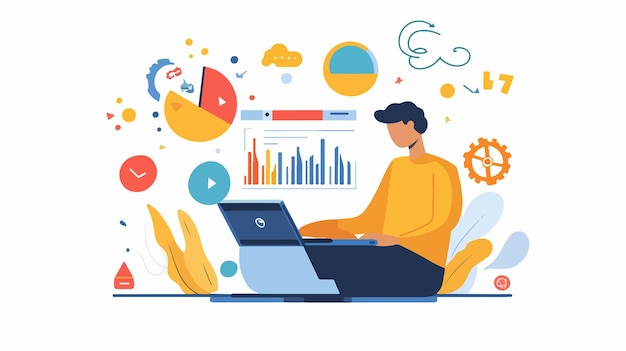- Introduction to Data Science
- Fundamentals of Data
- Exploratory Data Analysis (EDA)
- Introduction to Programming
- Introduction to Statistics
- Machine Learning Fundamentals
- Data Wrangling
- Data Visualization
- Feature Engineering
- Introduction to Big Data
- Ethics and Privacy in Data Science
- Real-world Applications
- Career and Further Learning

